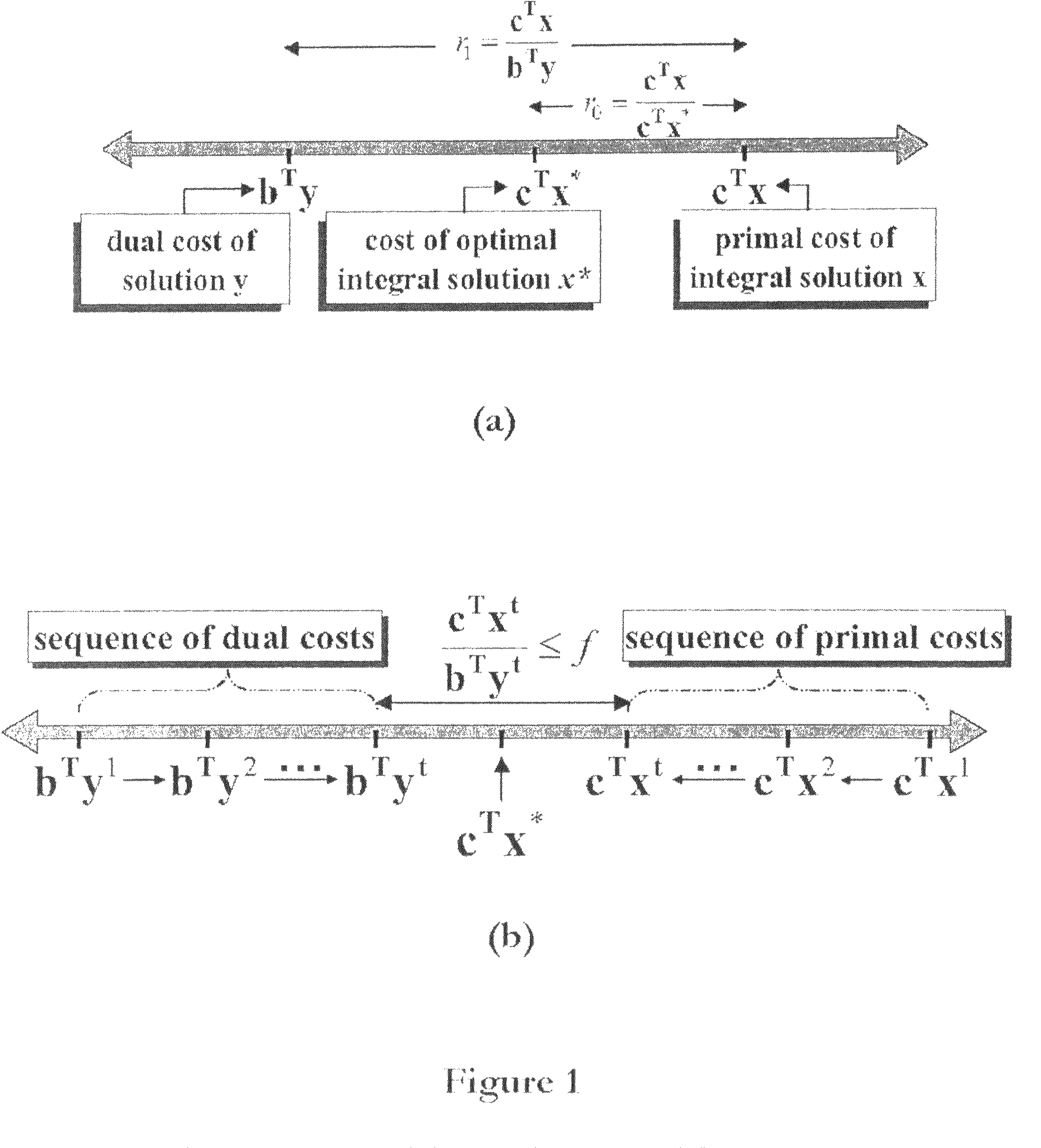System and method for dense image registration using Markov Random Fields and efficient linear programming
a technology of dense image and linear programming, applied in image analysis, image enhancement, instruments, etc., can solve the problems of time-consuming, performance and computational complexity, and becomes more challenging when, and achieves the effect of finer and finer resolution and dimensionality reduction
- Summary
- Abstract
- Description
- Claims
- Application Information
AI Technical Summary
Benefits of technology
Problems solved by technology
Method used
Image
Examples
Embodiment Construction
[0043]Exemplary embodiments of the invention as described herein generally include systems and methods for applying Markov Random Fields (MRFs) to the registration of digital medical images. Accordingly, while the invention is susceptible to various modifications and alternative forms, specific embodiments thereof are shown by way of example in the drawings and will herein be described in detail. It should be understood, however, that there is no intent to limit the invention to the particular forms disclosed, but on the contrary, the invention is to cover all modifications, equivalents, and alternatives falling within the spirit and scope of the invention.
Deformable Registration
[0044]To introduce the concept of a method according to an embodiment of the invention, consider (without loss of generality) the 2D image domain. Consider a source f:Ω=[1,N]×[1,M]→R and a target image g. In general, these images are related by a non-linear transformation as well as a non-linear relation bet...
PUM
 Login to View More
Login to View More Abstract
Description
Claims
Application Information
 Login to View More
Login to View More - R&D
- Intellectual Property
- Life Sciences
- Materials
- Tech Scout
- Unparalleled Data Quality
- Higher Quality Content
- 60% Fewer Hallucinations
Browse by: Latest US Patents, China's latest patents, Technical Efficacy Thesaurus, Application Domain, Technology Topic, Popular Technical Reports.
© 2025 PatSnap. All rights reserved.Legal|Privacy policy|Modern Slavery Act Transparency Statement|Sitemap|About US| Contact US: help@patsnap.com



